It’s been a significant month for Samsung, as the company unveiled its new folding phones, the Galaxy Z Fold 7 and Galaxy Z Flip 7, at an event in New York City. At the same time, the company unveiled the new Galaxy Watch 8 and Galaxy Watch 8 Classic, its latest challengers to the Apple Watch Series 10.
The new Galaxy Watch 8 series offers a range of new health features, including an Antioxidant Level check, vascular monitoring during sleep, and, for the first time in a smartwatch, the detection of an ectopic heartbeat.
The Galaxy Watch 8 also features Samsung’s One UI Watch 8 interface, built on top of the Wear OS 6 platform. Like Samsung’s phones, the Galaxy Watch 8 and Wear OS 6 are focused on AI, particularly Google Gemini.
After using Gemini on the Galaxy Watch 8 for the past two weeks, I’m convinced that the watch form factor was made for AI. Here’s why.
The first watch preloaded with Gemini
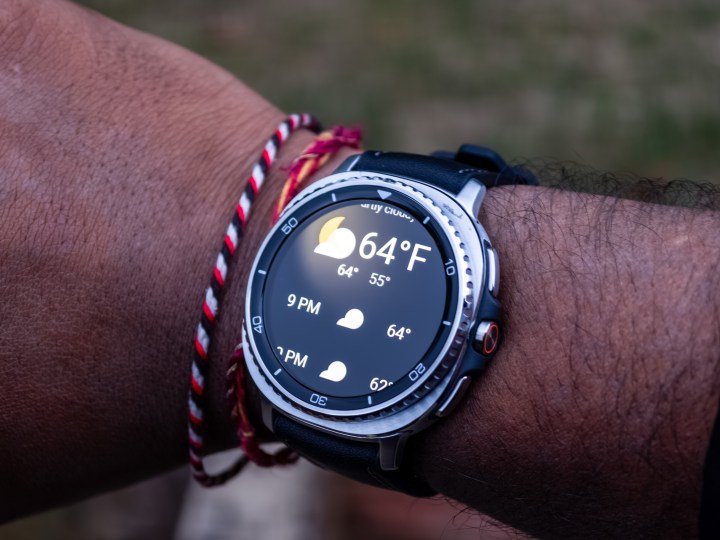
A notable point to mention is that the Galaxy Watch 8 Classic is the first smartwatch to come with Gemini preloaded out of the box. However, it isn’t the first smartwatch with Gemini, as Google launched its assistant for the Pixel Watch 3 earlier this summer.
On the Galaxy Watch 8 Classic, Gemini works just as it does on your Android phone. Gemini is fairly optimized for the 1.34-inch screen, and the rotating bezel makes it fairly easy to scroll through longer replies. I’ve used it to do everything from checking the weather and time elsewhere, to controlling the lights in my home, and even navigating to an airport.
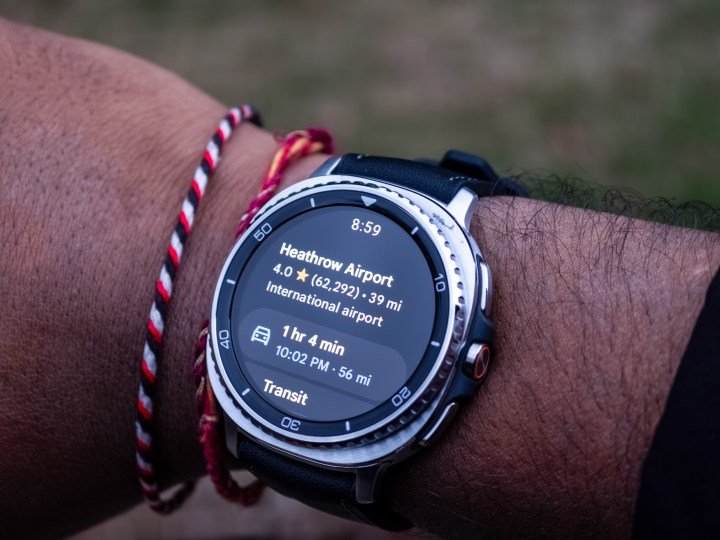
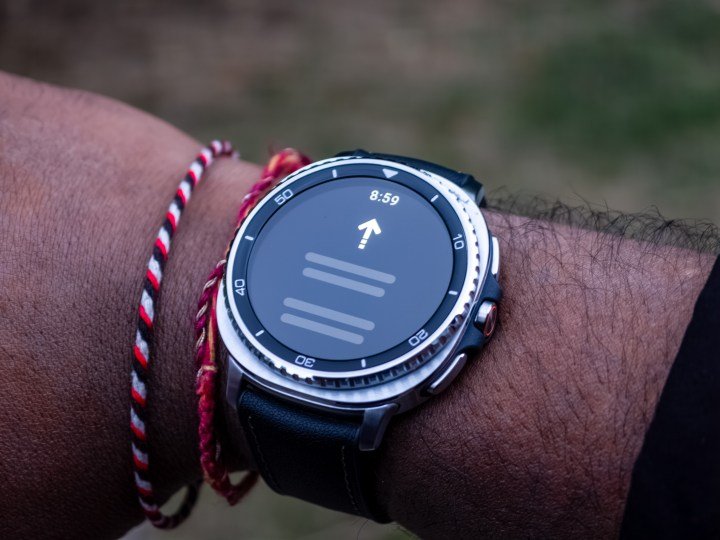
Most of the feature set is comparable to the Gemini app on your phone; however, Gemini on the Galaxy Watch 8 Classic currently only works when connected to your phone. It’s unclear whether this will always be the case, or if Google and Samsung can bring a standalone version of Gemini to smartwatches with cellular connections. The latter will be essential for smartwatches to achieve their full AI potential.
The form factor is made for AI assistants

I have one key problem with most AI assistants: they’re not always there when you need them. I’ve used a variety of the best phones, and the performance of Gemini and other voice assistants can vary wildly.
While using many of the best Android phones, Gemini triggers with the wake phrase on average a little more than half the time when locked, while most other assistants are further limited by their reach or mobile feature set.
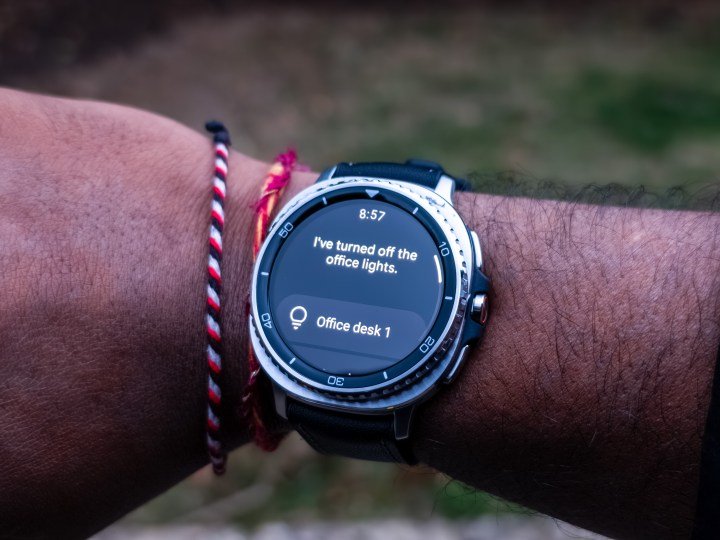
On a smartwatch, Gemini is always listening, and I’ve had no noticeable impact on my Galaxy Watch 8 Classic battery life. It doesn’t always respond, especially when within earshot of another Android phone, but it’s a surprisingly useful and efficient way to use Gemini.
This is particularly true given that the Galaxy Watch 8 Classic offers two days of battery life, and many of the best smartwatches offer at least the same. It takes an hour and a half to charge to full, and if you disable notifications being sent to the watch, it can last even longer.
Smartwatches need AI, and AI needs the smartwatch
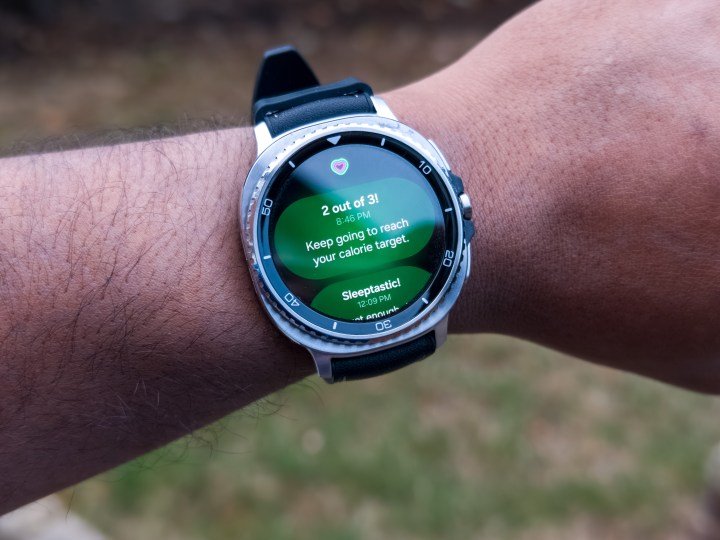
You won’t always have your phone on you — especially if you have multiple phones, like I do — but I’ve found that my watch is always with me, unless it’s on charge. Yes, it’s possible to forget a charger on occasion — and it’s harder to find a charger in an emergency — but this is the most accessible form factor that many users have.
There are millions of smartwatch users, but the most popular use case for smartwatches has largely remained health and fitness-related. There is a subset of users who rely on smartwatches to triage notifications, but many average users still use them for the core features.
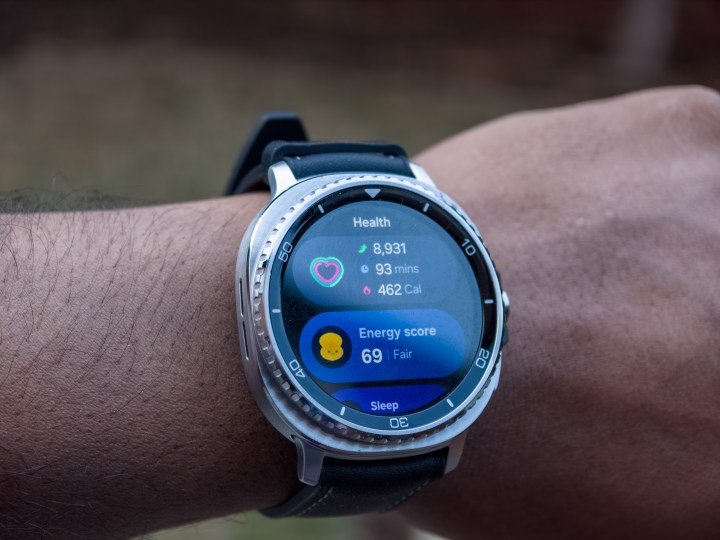
Along a similar timeline, the smart home industry has stagnated. Years ago, companies such as Samsung, Amazon, Google, Microsoft, and even Apple promised a smart home voice-controlled future that has yet to materialize.
If Google can optimize Gemini for the smartwatch use case — and add fun use cases, like the Spin The Bottle glyph on the Nothing Phone 3 — it could lead to a broader network effect for its smart home business. The same could also be achieved if Amazon decided to partner with one or more Android phone makers to preload Alexa alongside Gemini, although this is far less feasible.
The smartwatch doesn’t need a camera for Gemini Live
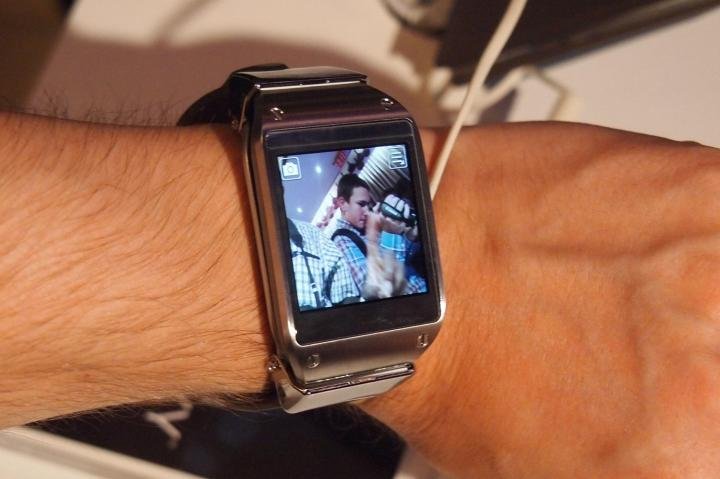
At first, the Gemini experience on the Galaxy Watch 8 Classic had me considering the return of cameras to the smartwatch form factor. However, after using it for two weeks, it’s clear that the smartwatch form factor is a portable smart display, but not a replacement for your phone, so it doesn’t need a camera to enable Gemini Live.
Gemini Live is the latest key use case for Gemini on Android, and it allows you to share your camera or your screen with Google, ask questions about what’s being shown, and interact with Google in your world. The latter is the best part of Gemini, and it requires access to your phone’s camera. While Samsung launched the Galaxy Gear smartwatch — complete with a camera integrated into the wrist — a decade ago, I hope no smartwatch maker attempts this now.
This is further reinforced by the upcoming launch of Google’s Project Astra-powered glasses. This will bring Gemini Live to the wearable glasses form factor, allowing you to interact with Gemini in a host of new ways. Between glasses and your phone, there are plenty of ways to use Gemini Live that don’t require a camera in your smartwatch strap.
Picking up where Rabbit and Humane left off
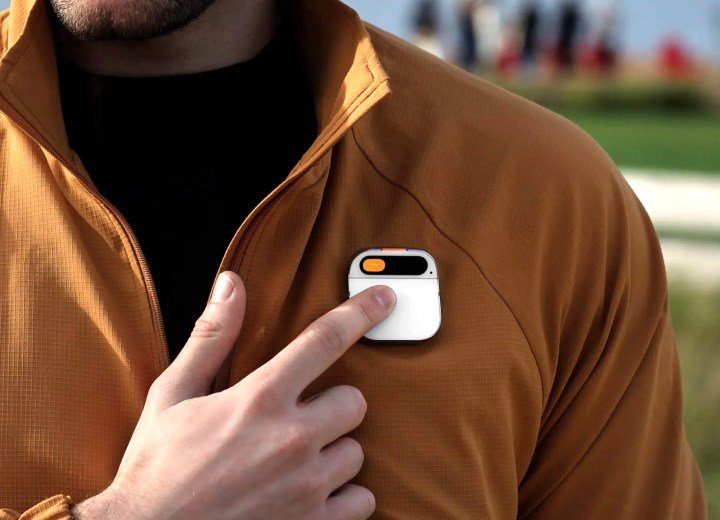
After experiencing Gemini on the Galaxy Watch 8 Classic, my thoughts turned to Humane and Rabbit, two companies that attempted to bring smart assistants to a wearable form factor.
The former sold an expensive AI dream that cost $699 and required a further subscription costing $24 per month; without it, the AI pin was rendered useless. It promised a lot, delivered a portion of it, remained defiant, and eventually, the company was sold to HP for less than half the VC money it raised.
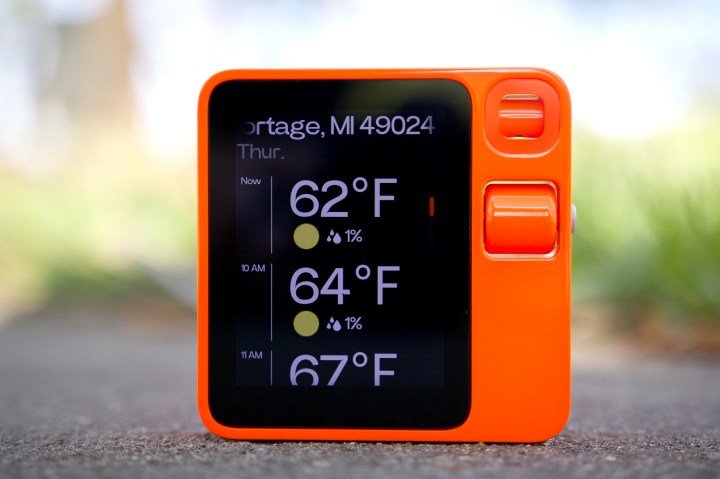
Then there’s Rabbit, which launched a more affordable wearable AI pin that costs just $199 and doesn’t require a further subscription. Yet, it also failed as it was yet another gadget to carry, and it didn’t integrate with the rest of your daily life.
Gemini on Wear OS solves all the problems that AI devices have faced so far. You already wear your smartwatch, so you don’t need to carry an additional device. The display is large enough to scroll through Gemini responses, yet it doesn’t impact the usefulness of the form factor. There’s also little impact on battery life, meaning most smartwatches will still likely offer multi-day battery life.
It won’t be for everyone, but compared to other current AI device hardware — such as my phone, smart display, or headphones — I like the smartwatch form factor as an AI device. Gemini on the Galaxy Watch 8 Classic makes the smartwatch even more useful.













